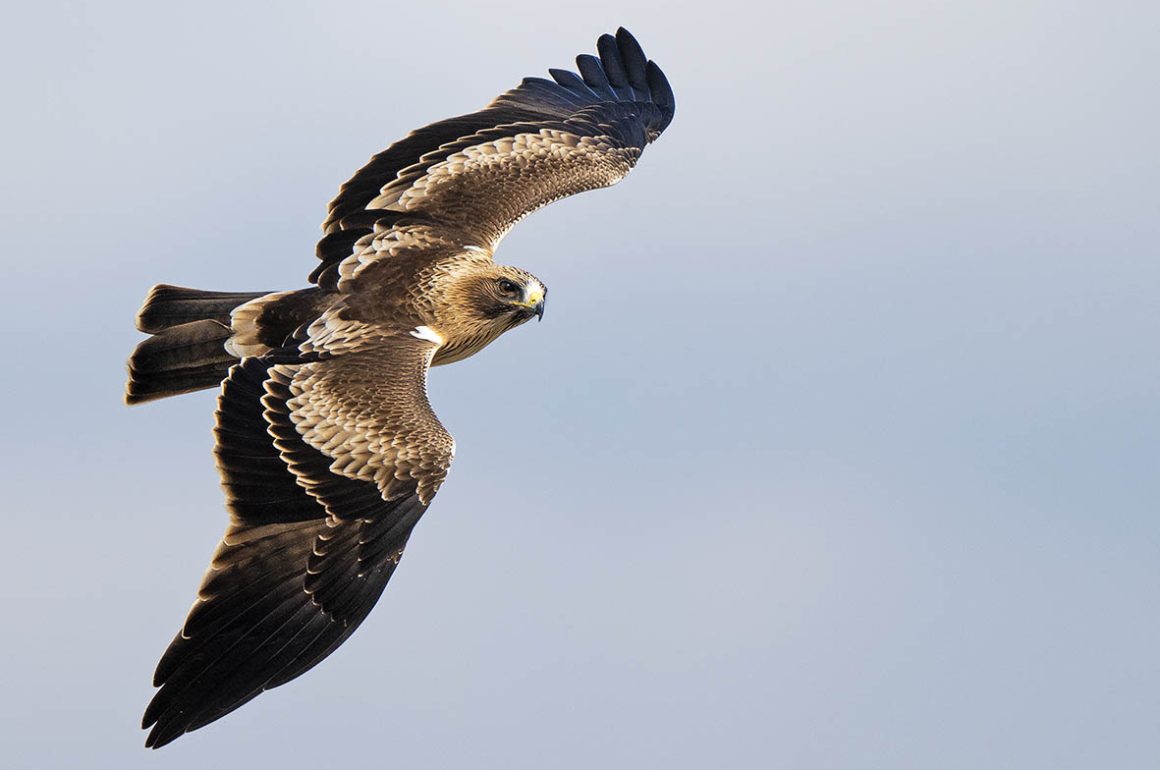
This is peak time for the migration south of eagles across the Strait of Gibraltar. The main actors are Booted Eagles (Hieraaetus pennatus) and Short-toed Snake Eagles (Circaetus gallicus), both on their way to wintering grounds in the Sahel south of the Sahara.
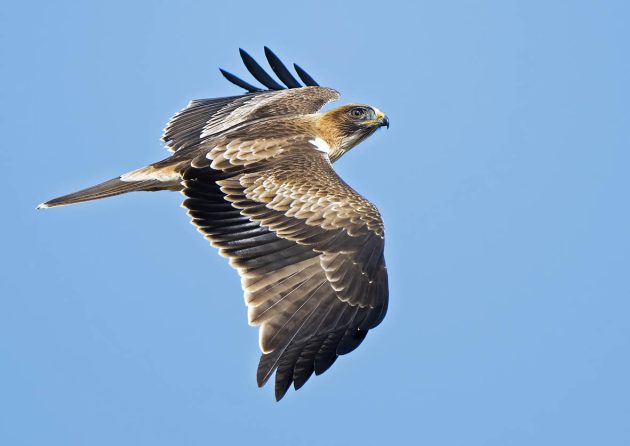

These are the two principal trans-Saharan migratory eagles in western Europe, although the snake eagles are not strictly “true” eagles in the taxonomic sense but rather “harrier eagles”. That aside, these are the two main long-distance migratory eagles and they are on the move right now.
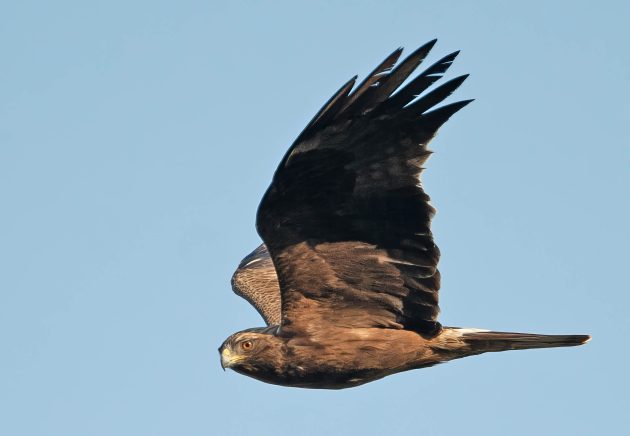
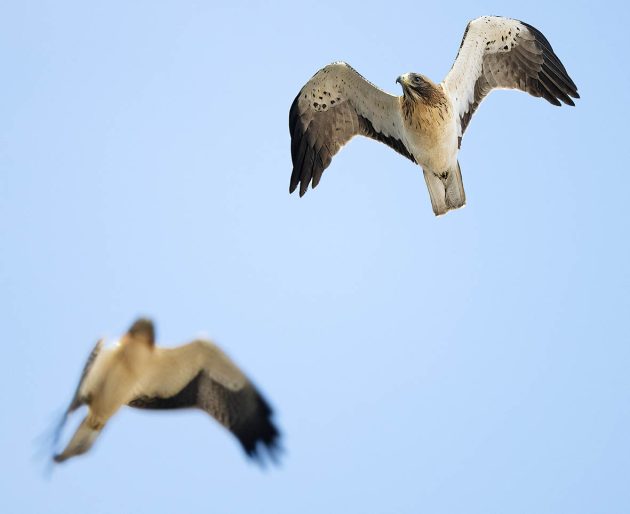
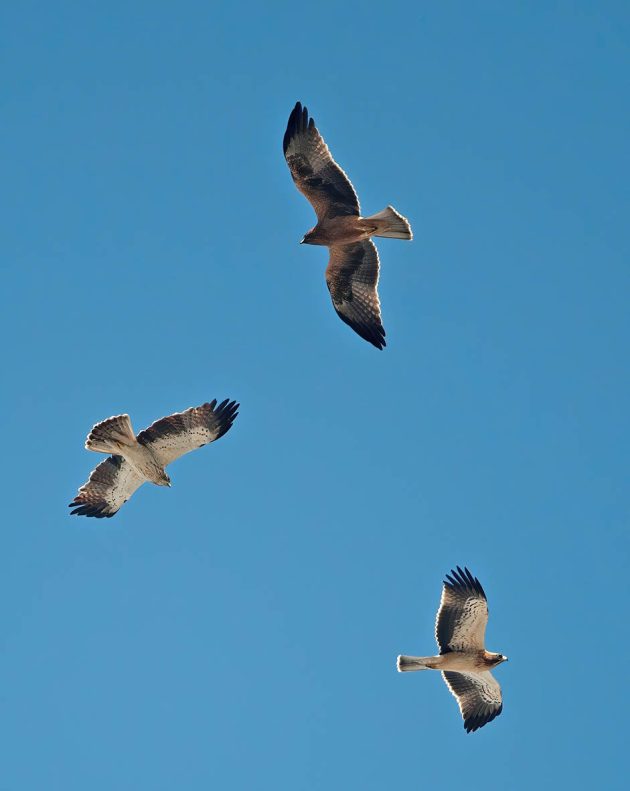
One feature of the movement of these birds across the Strait is the influence of winds on their crossing, and on where they cross from. At Gibraltar, at the eastern end of the Strait, it is westerly winds that drift raptors towards the Rock. But these eagles are unusual – they arrive with easterly winds. Decades ago, I pondered as to why this should be until I realised that these woodland raptors would arrive from the north and were unable to cross if the winds were strong. They settled in the woodland just west of Gibraltar but each morning they would attempt to cross. Their flight strategy was to head into the wind, that is facing east, and that eventually brought them over Gibraltar. Realising that the crossing was impossible, they would then return north and spend the afternoons hunting and eventually roosting before trying again the next day. As more birds arrived from the north, the eagle gatherings numbered tens, then hundreds, even thousands on occasions. When the wind changed the rush to the other side, typically mid-morning, was spectacular.
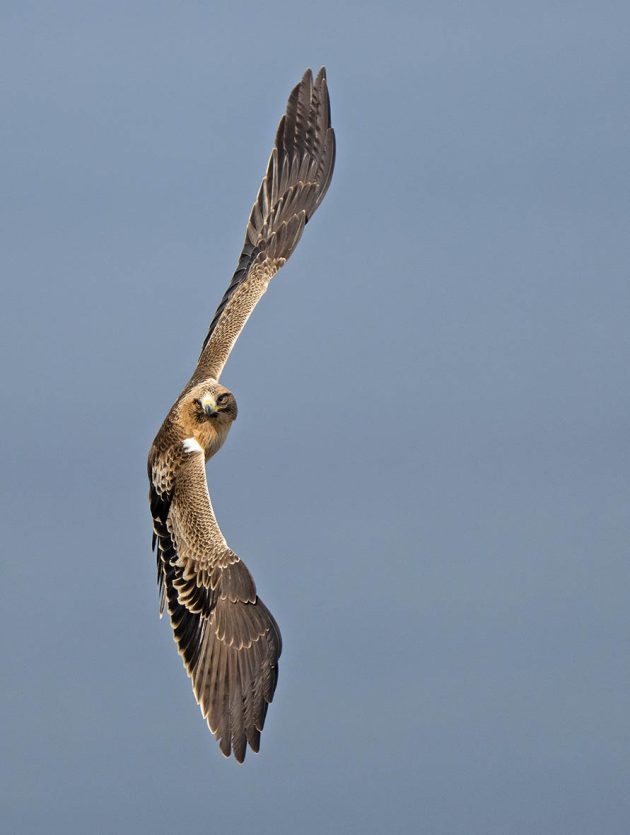

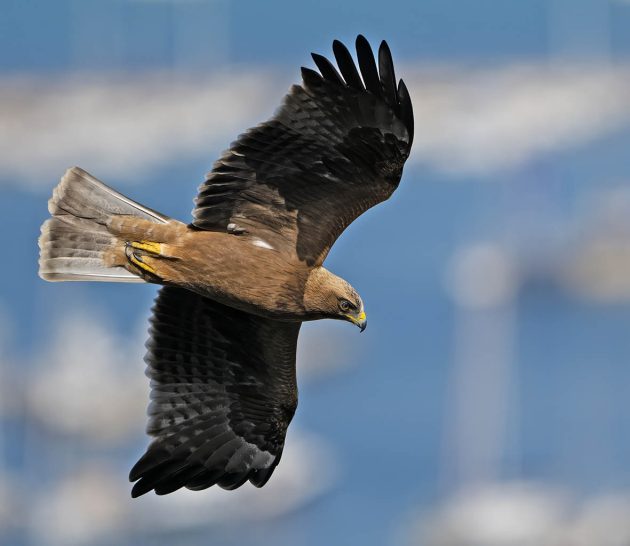
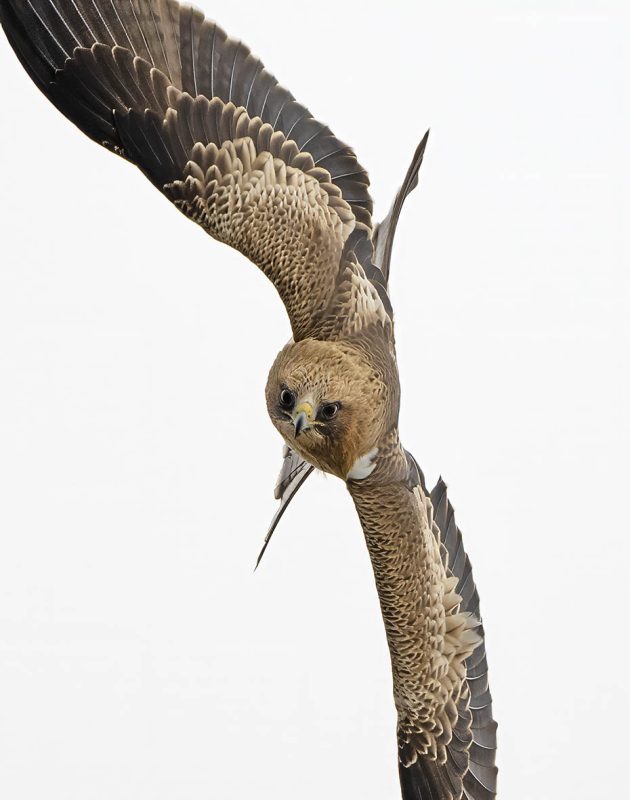
The last couple of weeks have seen the typical accumulations of these eagles. Sometimes, if you are lucky, you’ll pick up other eagles among them. They are usually juvenile or immature birds dispersing and getting caught up in the general movement. Of the Iberian eagles, Spanish Imperial (Aquila adalberti) and Bonelli’s (Aquila fasciata) are the most likely, although I have seen young Golden Eagles (Aquila chrysaetos) on occasions. There is always a chance of eagles that are typically more eastern, most notably Greater Spotted (Aquila clanga) or Lesser Spotted (Aquila pomarina), even hybrids of the two.
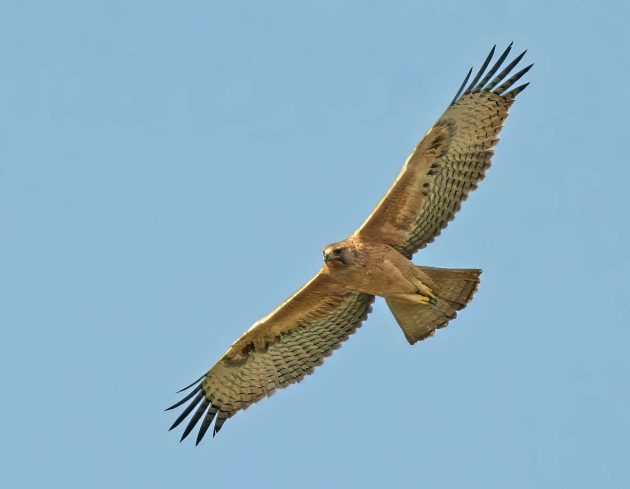
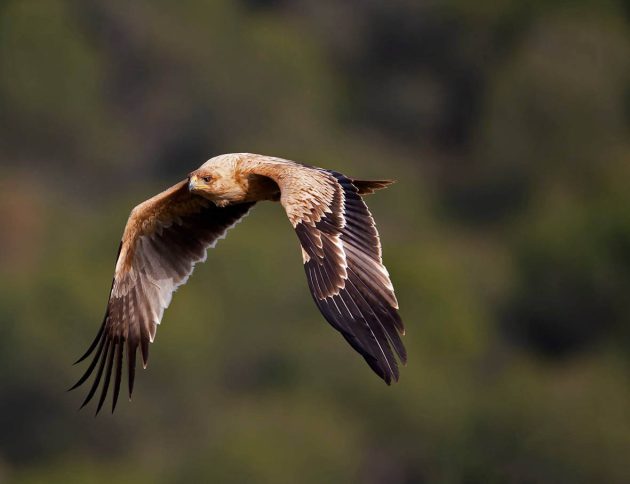
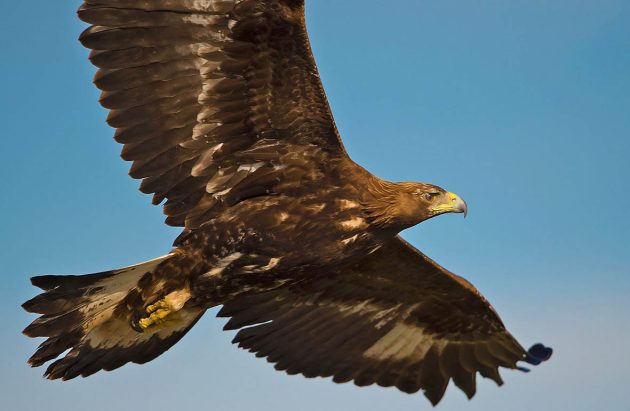
So, this is a great time to see eagles in large numbers and the winds will often push the birds low and allow great views. On reaching the Rock, a number of eagles will attempt to rise and will disappear out of view as they enter the easterly cloud that forms over the Rock. How they find their way once inside the cloud is beyond me. For many of these birds, it will be the first ever crossing and they are faced with one of many challenges that they will meet along their journeys.
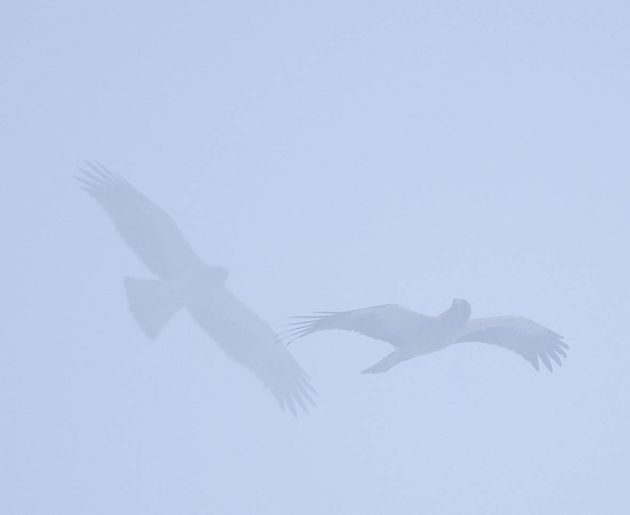






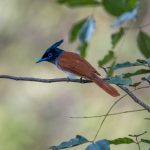
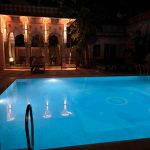
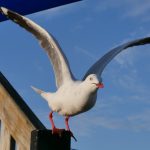


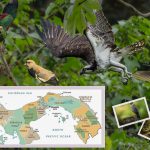
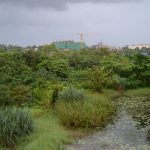
Thank you for sharing your fabulous photographs. We’ve started our raptor watch here in Toronto. We don’t get your number or variety of eagles, but today we were excited to see nine Bald Eagles and an Osprey fly overhead.
Bald Eagle would be nice down here!